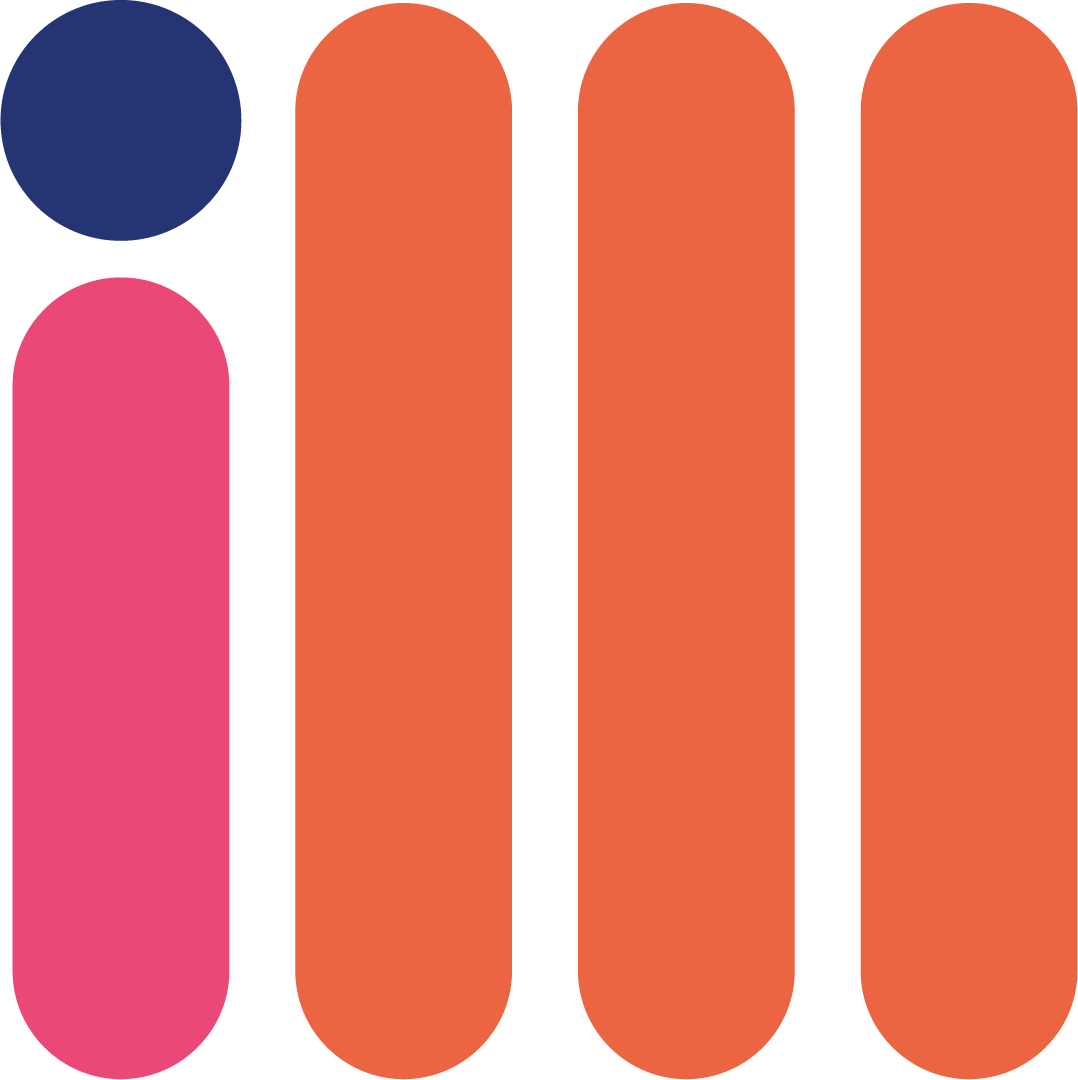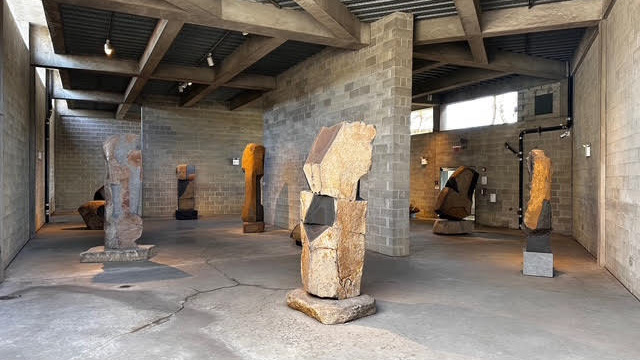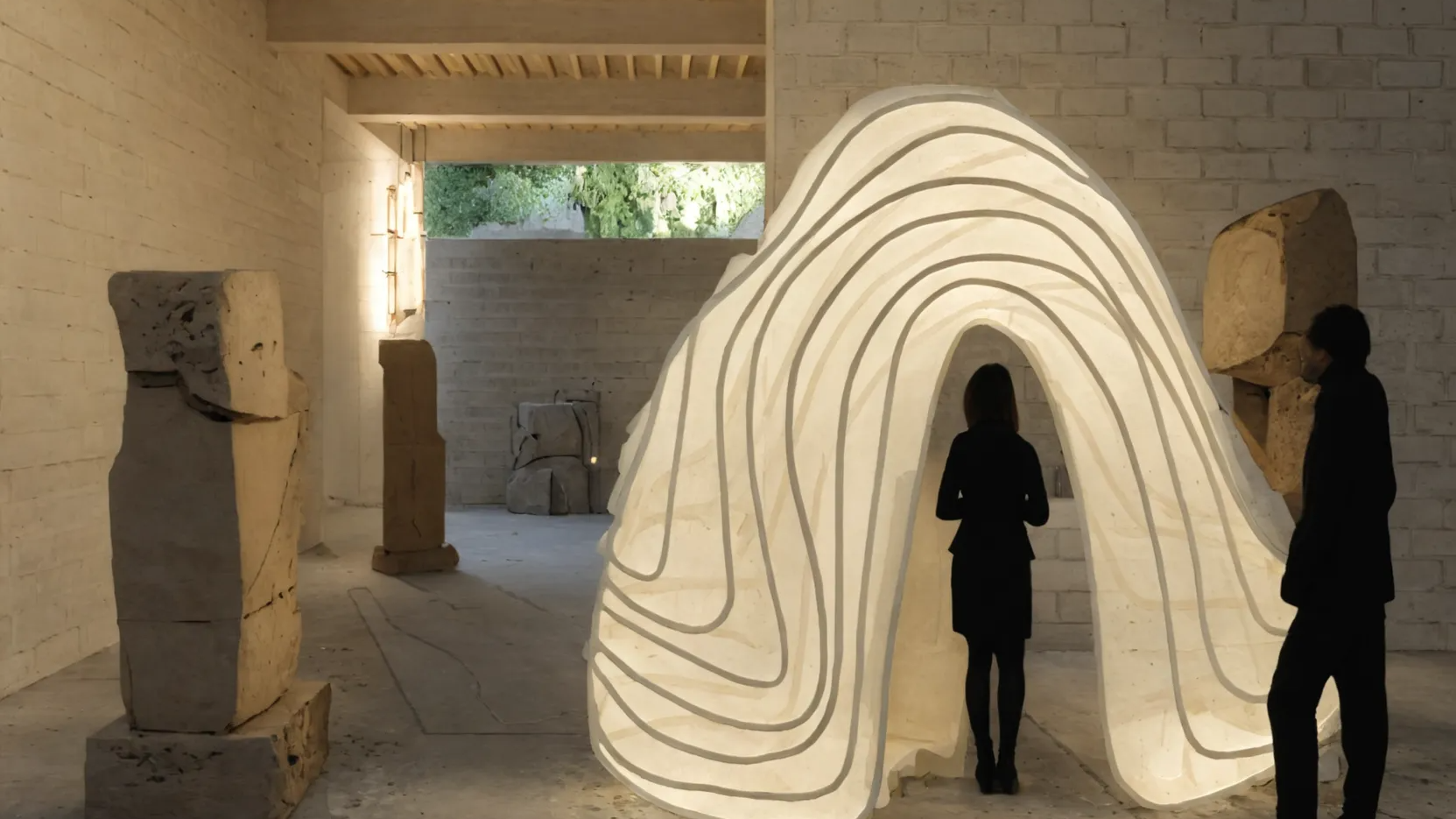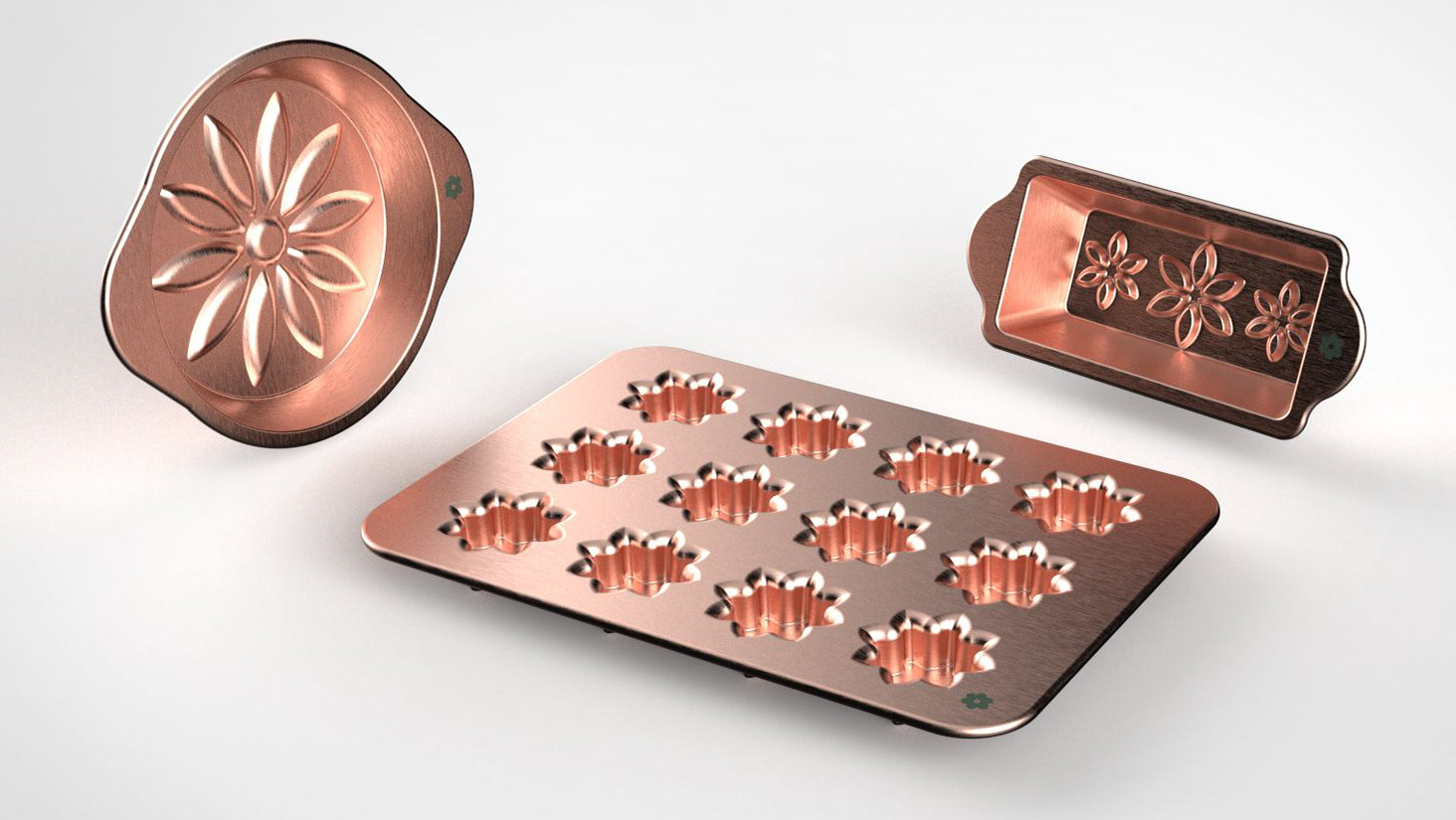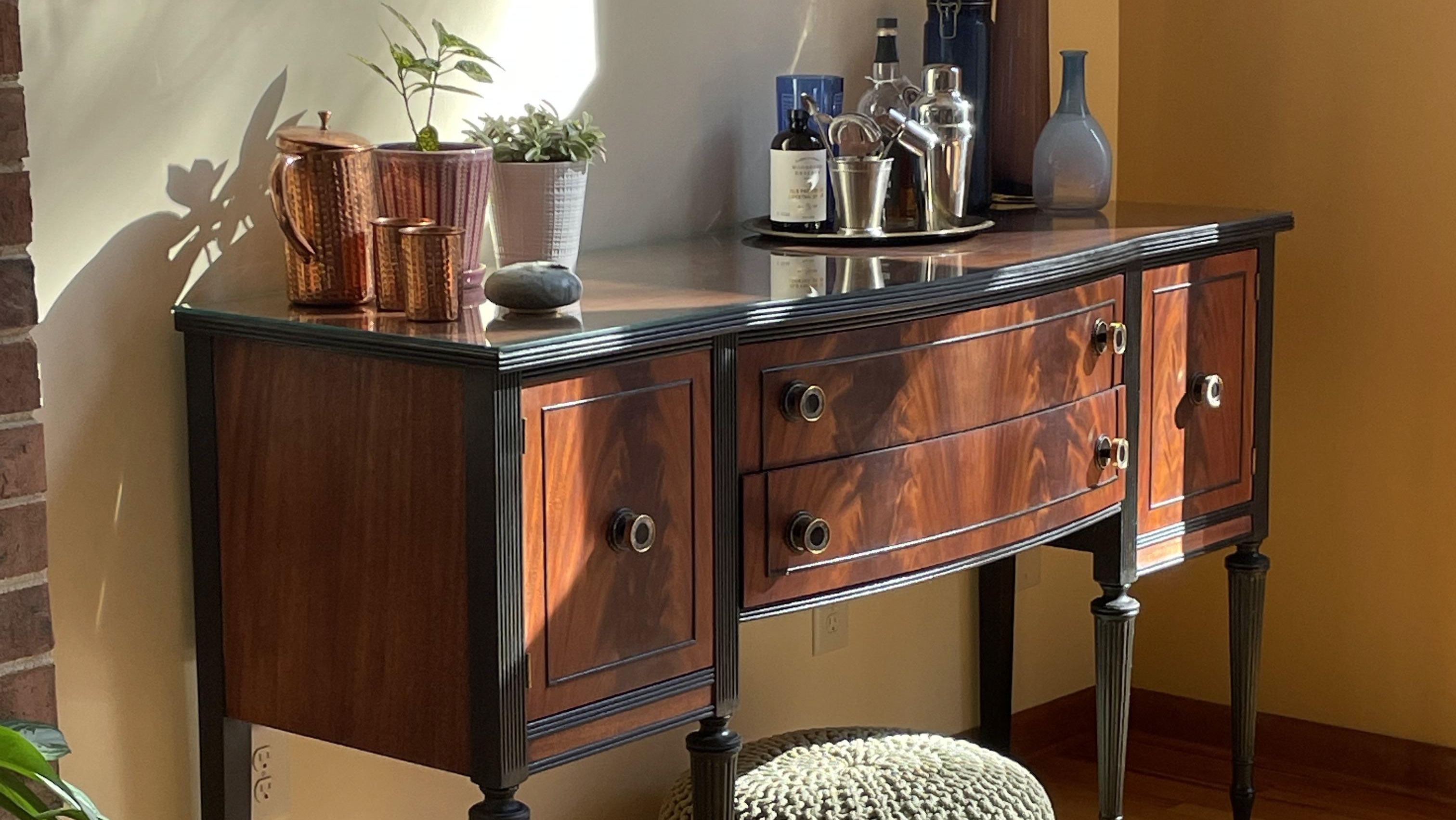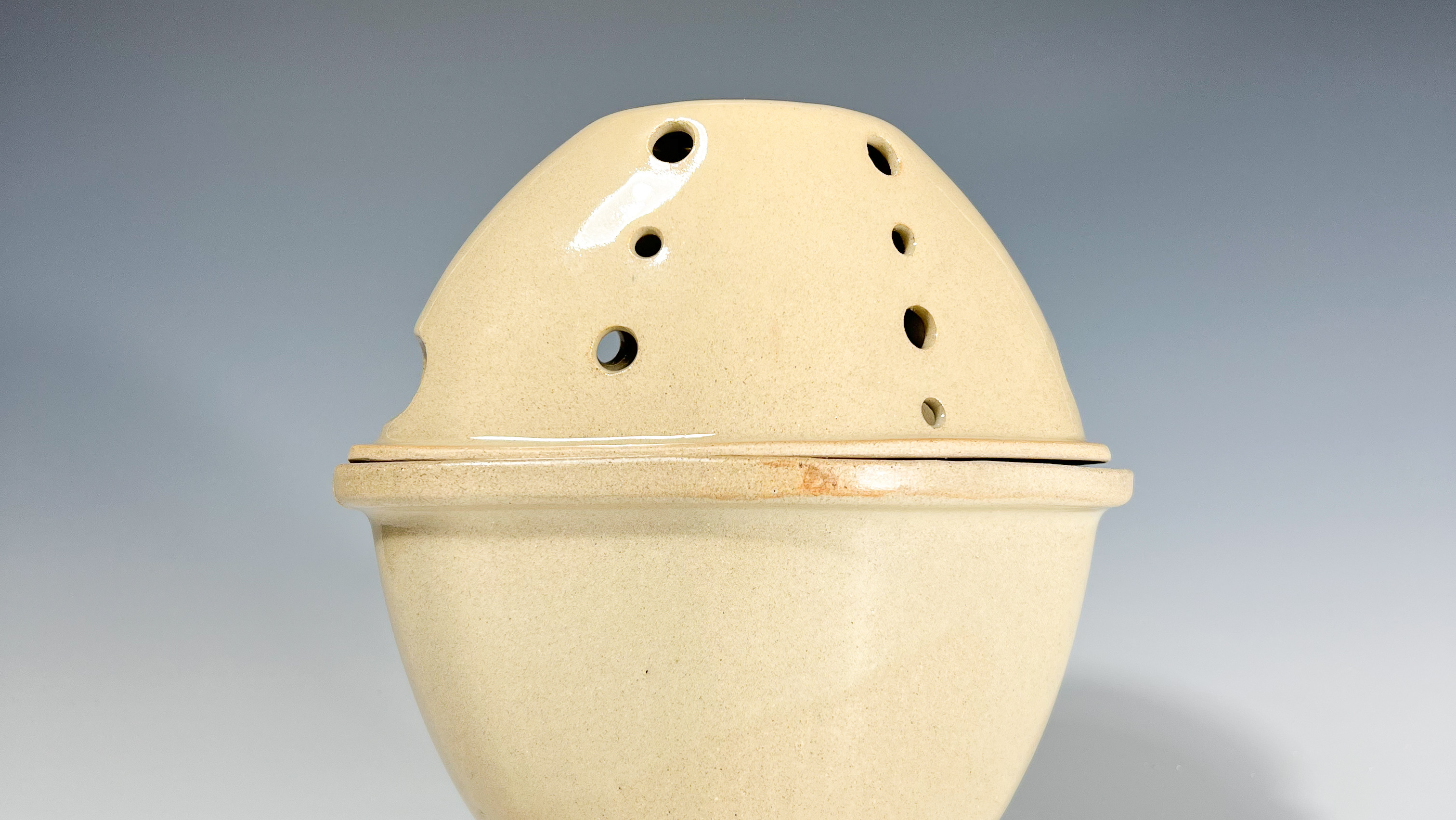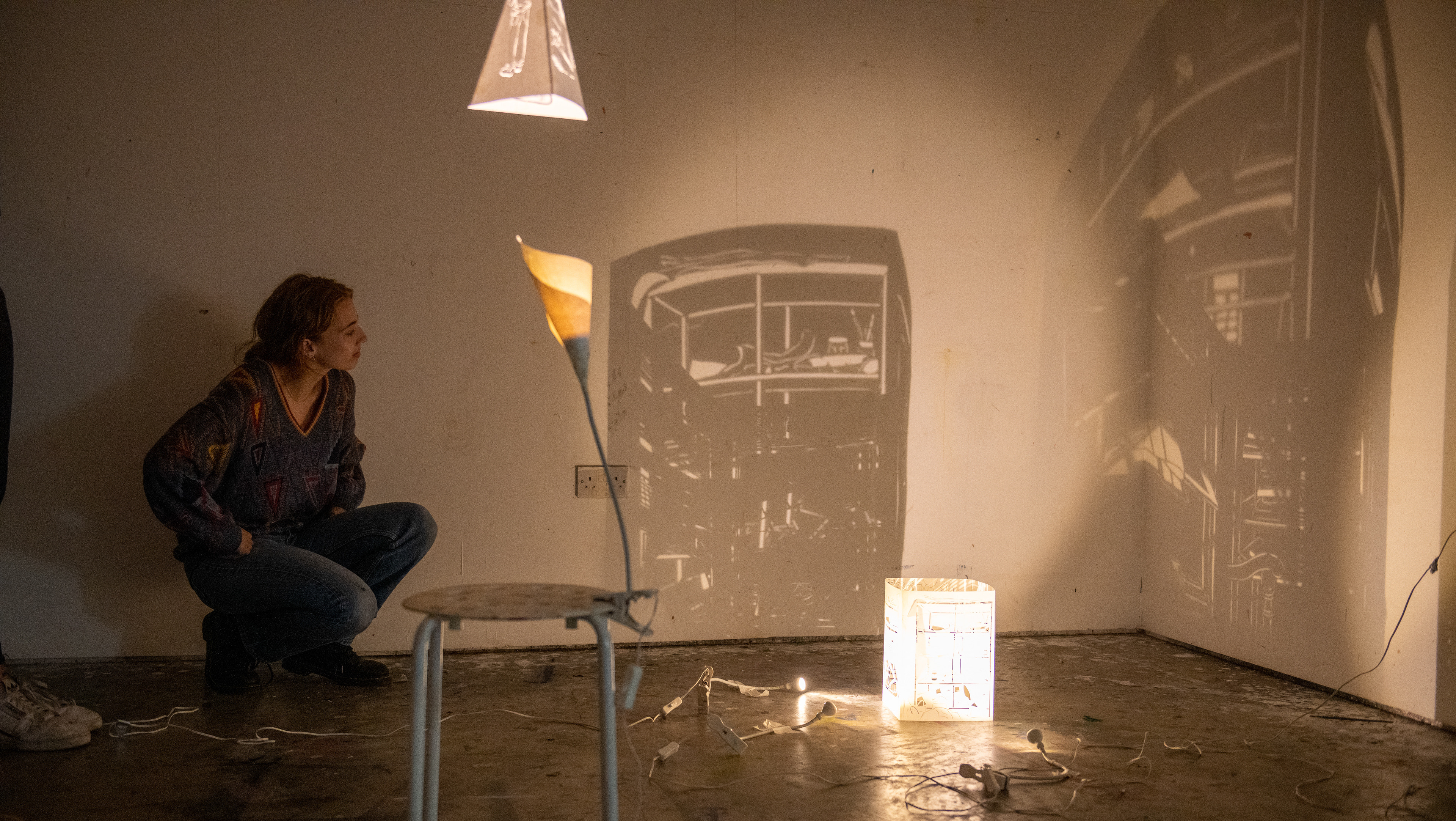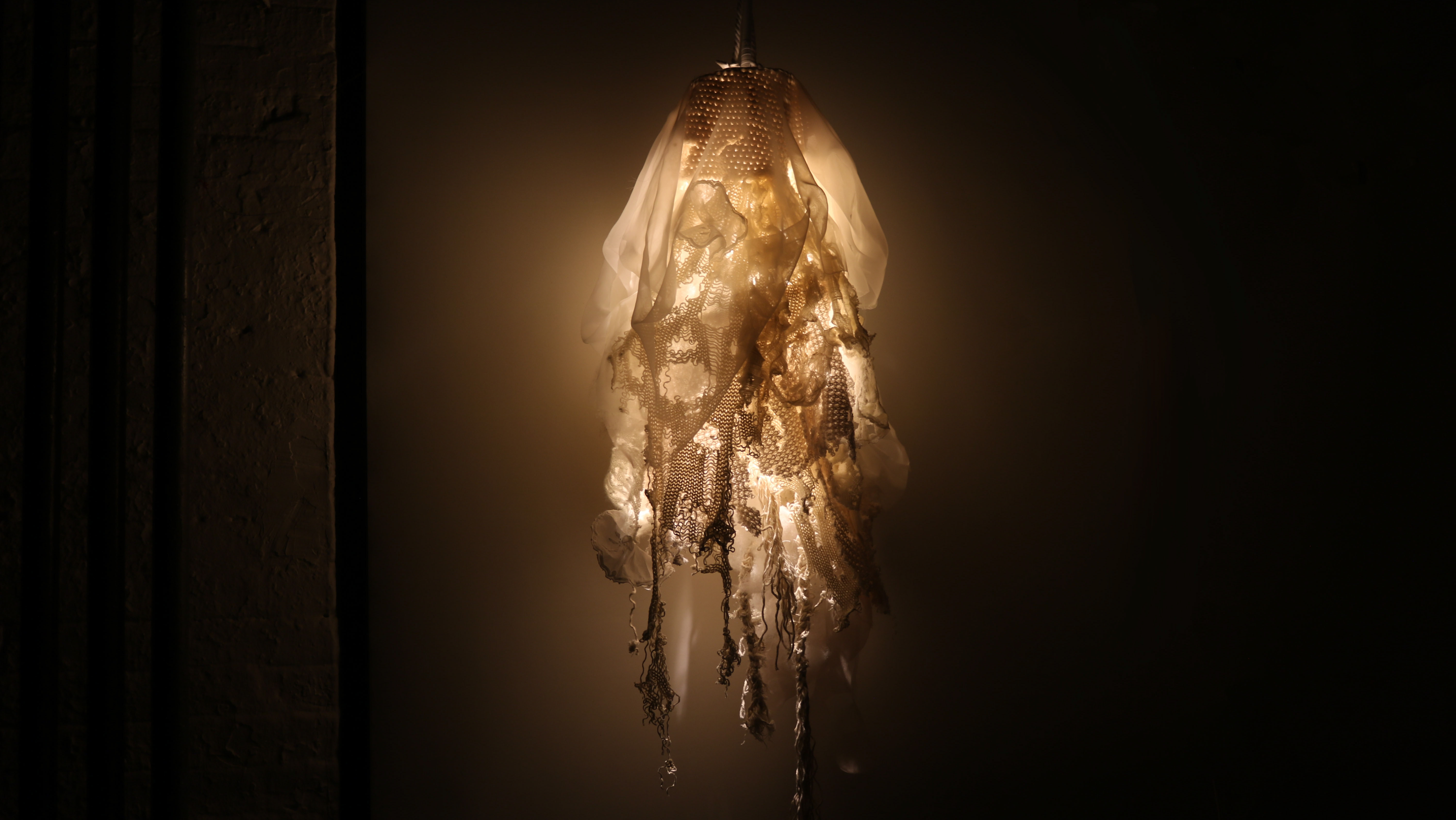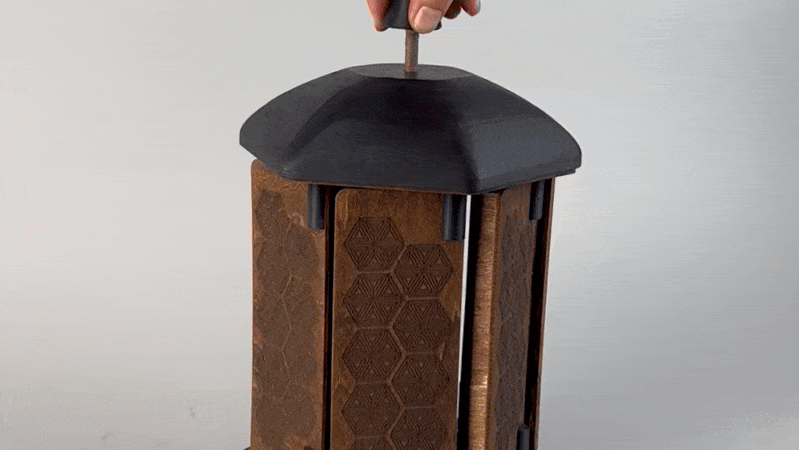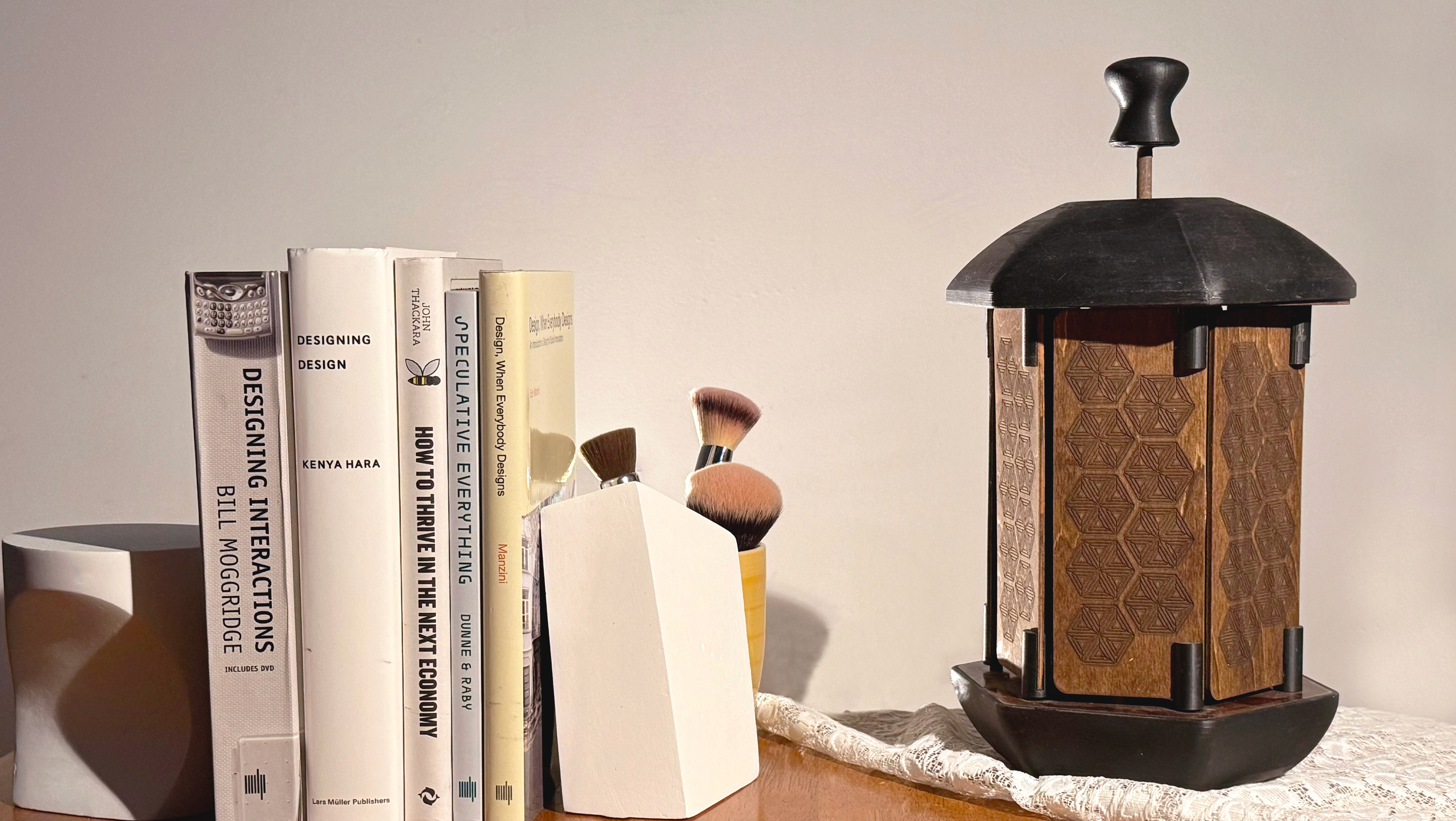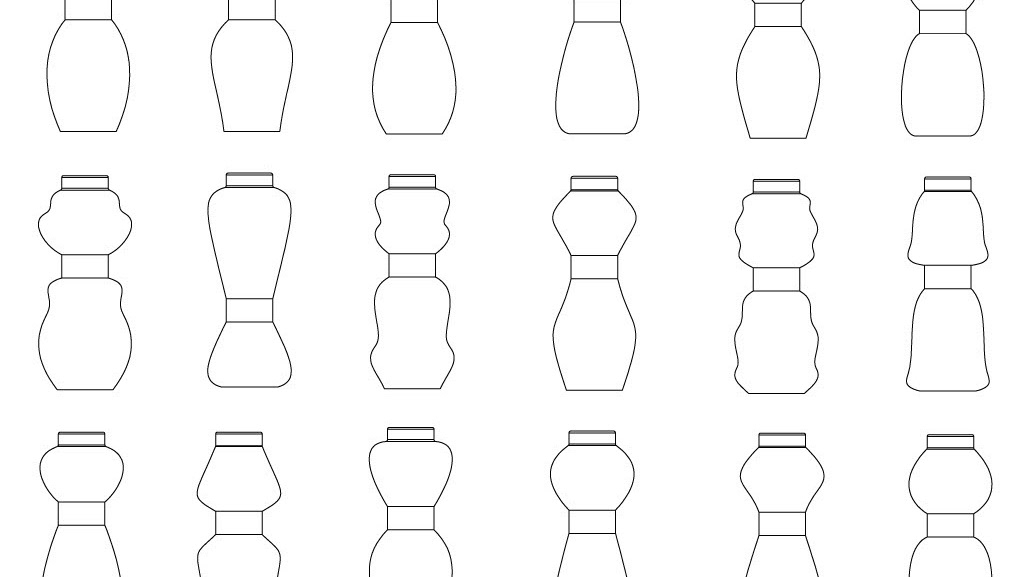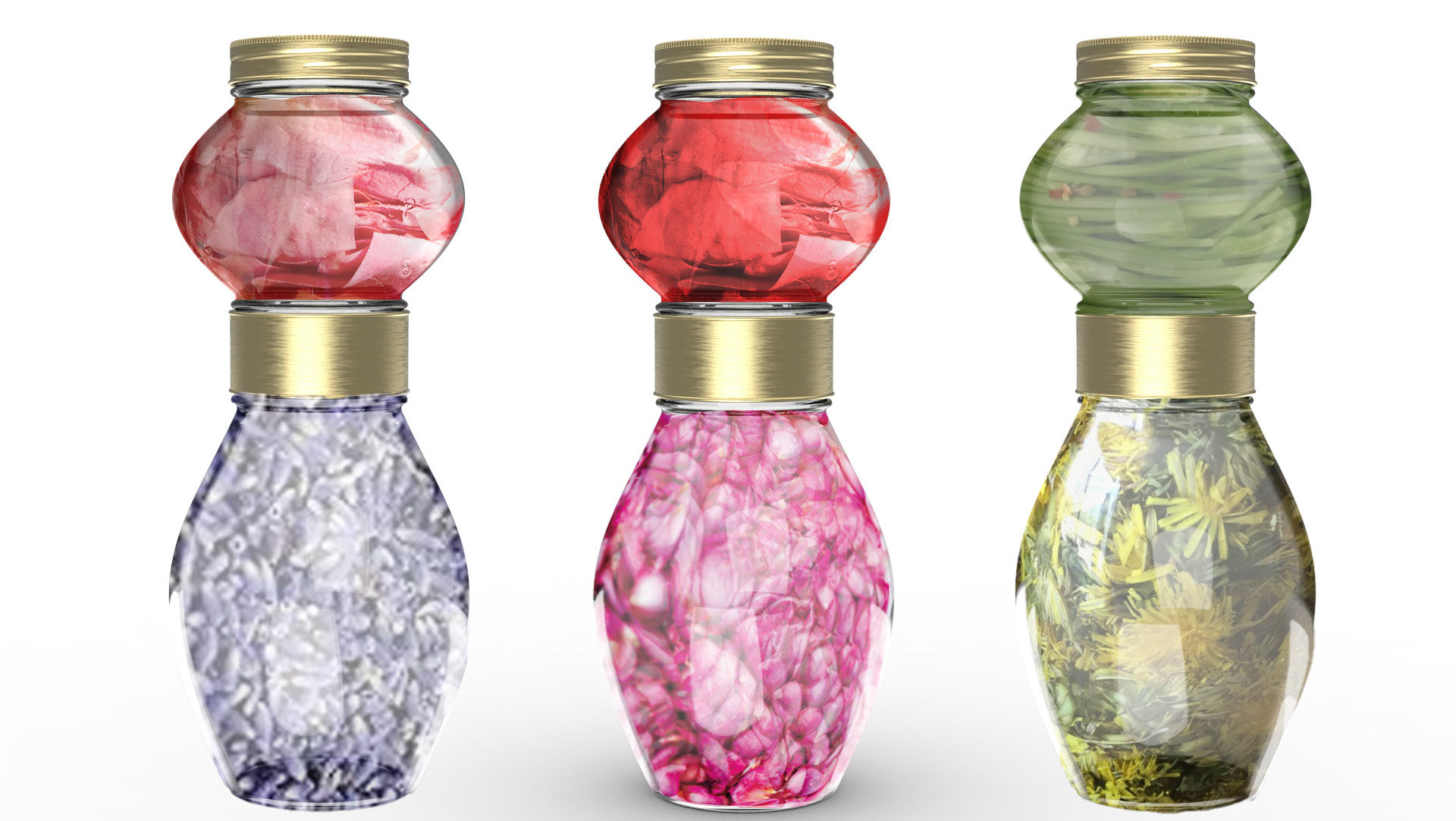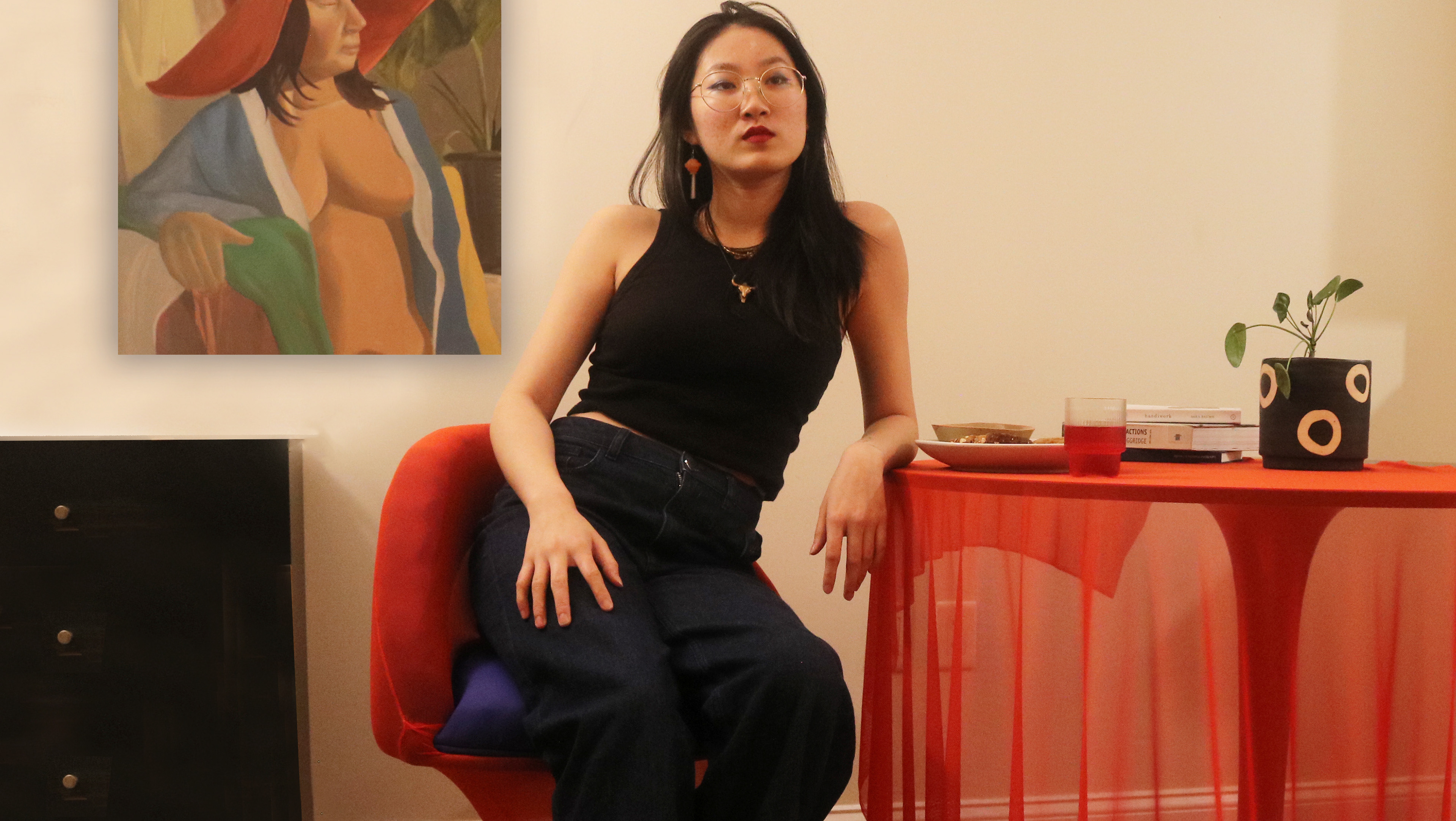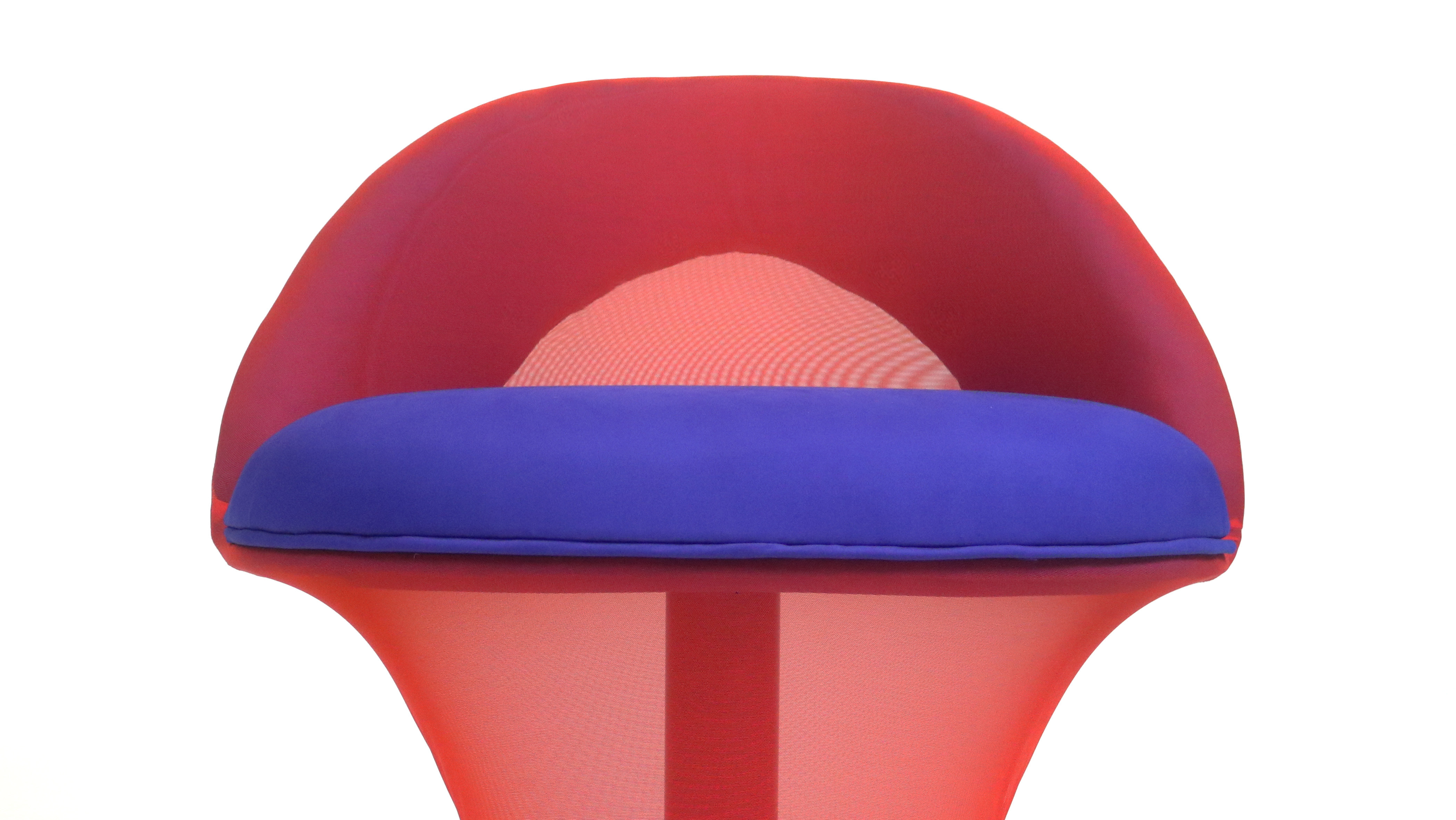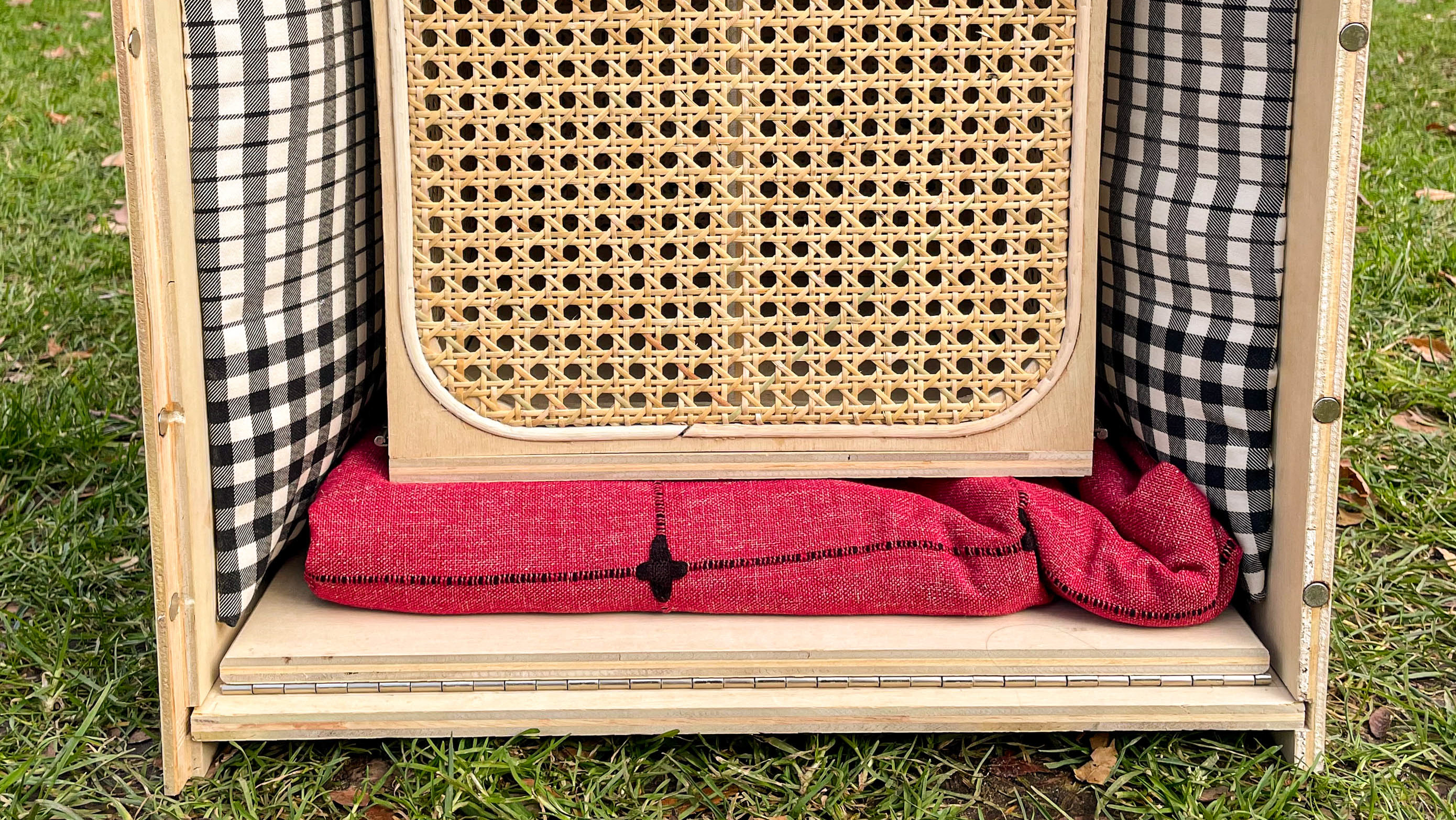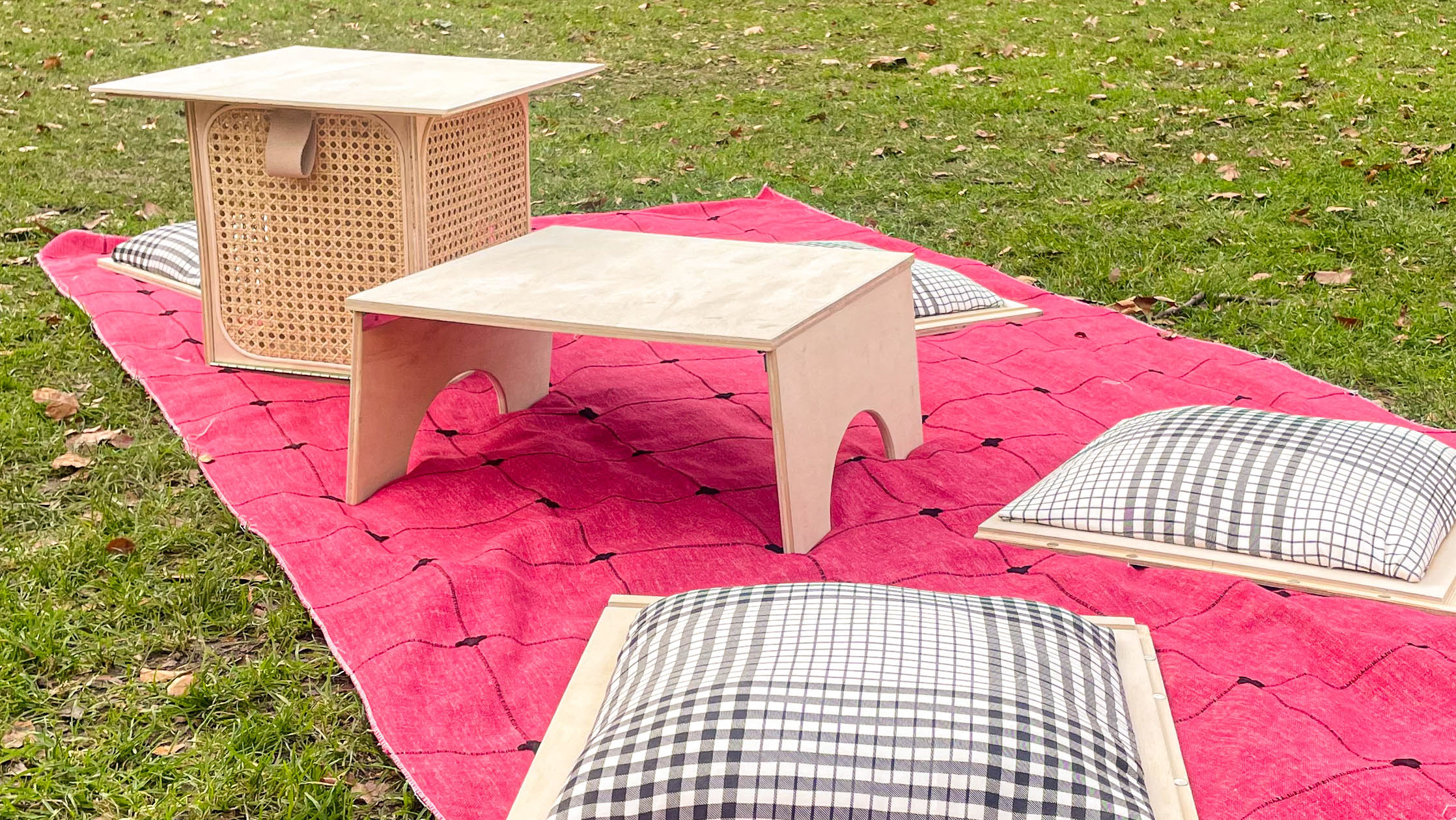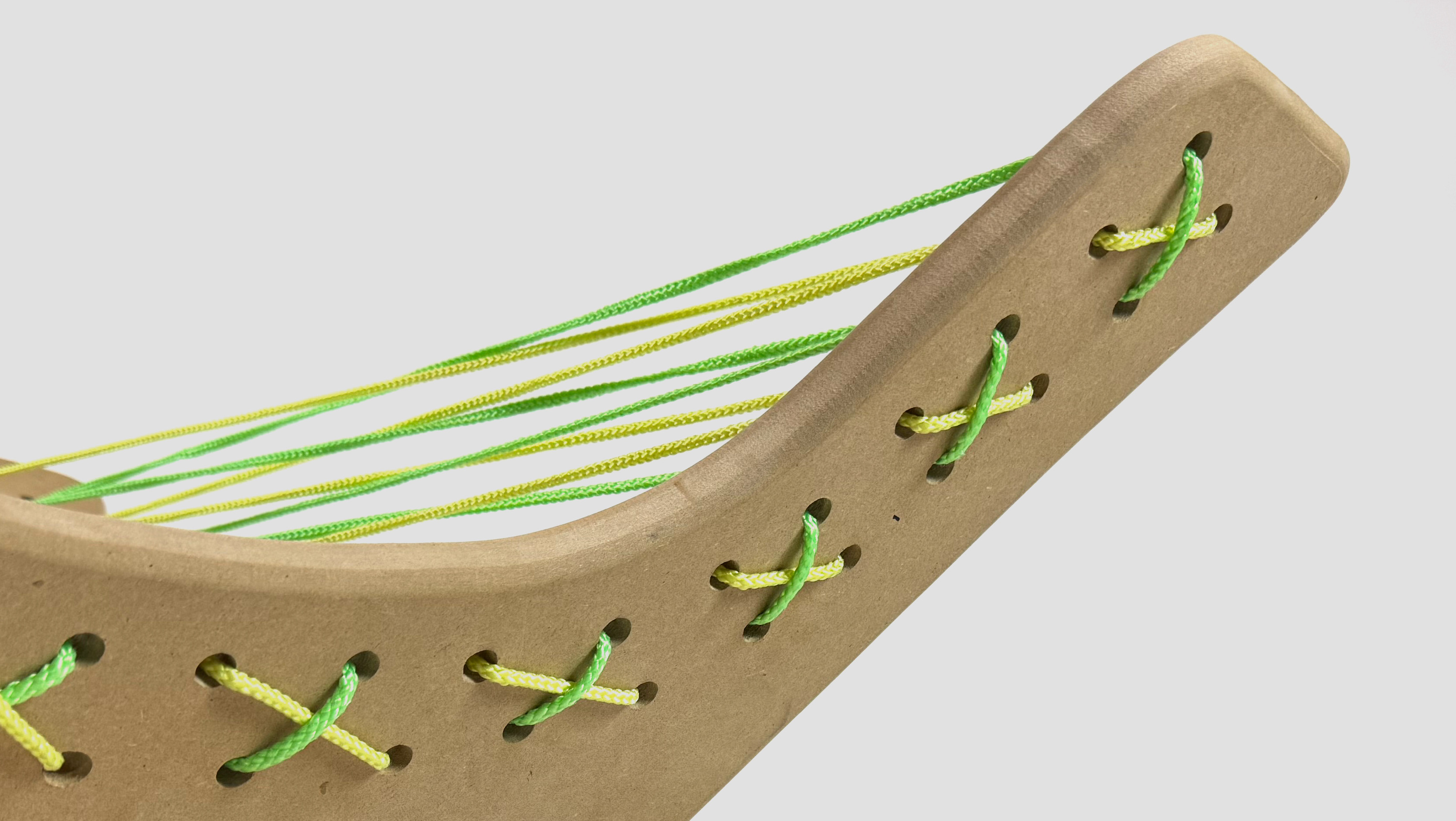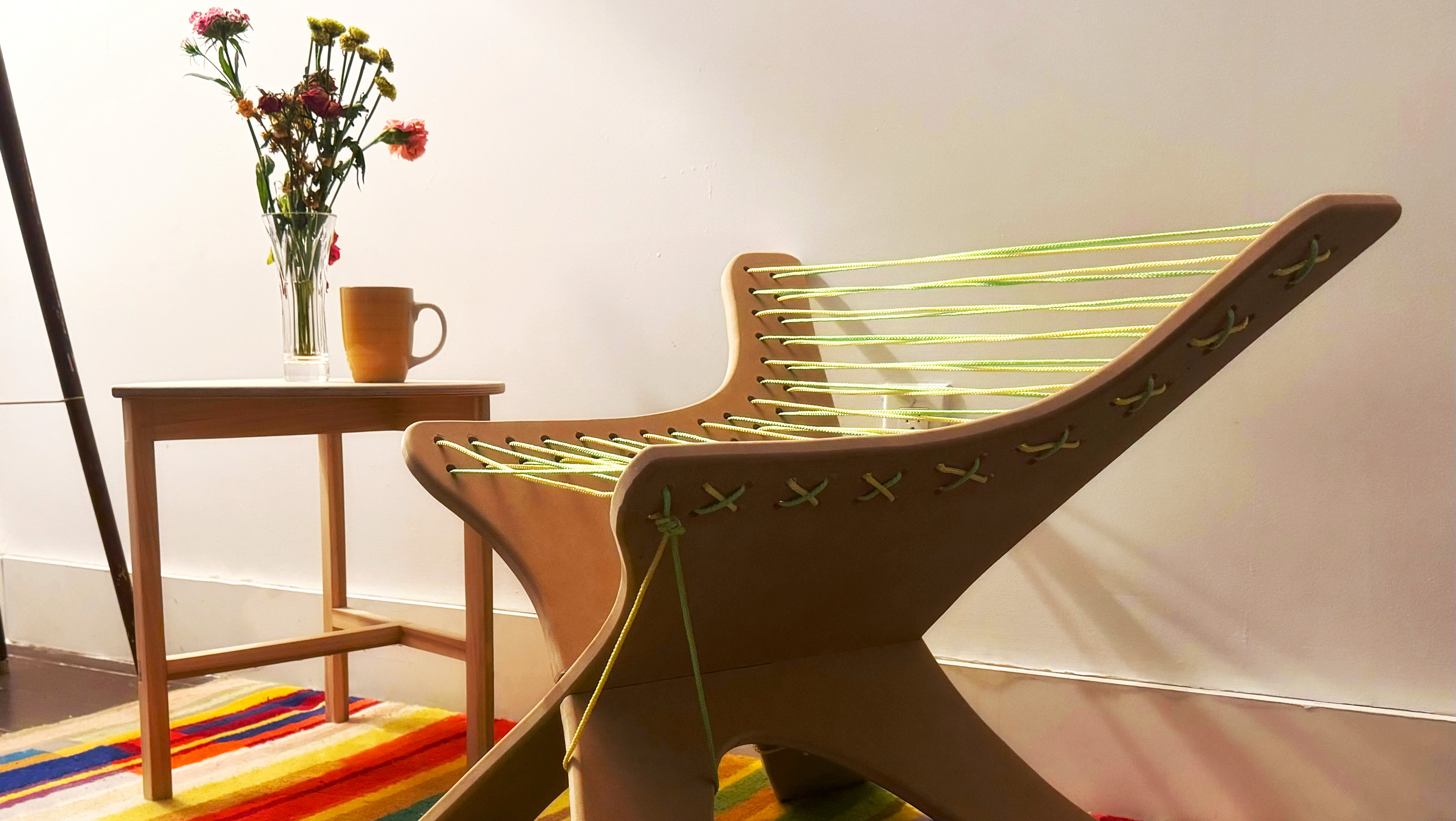For those who are neurodivergent, fidgeting is a necessary action in order to achieve the correct amount and type of sensory stimulation. Many existing handheld fidgets only allow for stimulation via hand movement, resulting in the user needing to move in ways that can be uncomfortable or tiring. This wearable device provides vibrations that are controlled by the fidget inputs, which adds sensory stimulation to another part of the body, thereby reducing the need to fidget uncomfortably.
This fidget device has been designed to ergonomically fit in both hands and has three inputs: two buttons and one joystick. The joystick activates a different motor for each direction, while the buttons provide continuous or pulsing vibrations from all the motors.
This wearable clip is made of sensory friendly textiles which house 6 vibration motors. The clip form allows for the device to be worn on multiple parts of the body, so each user can deliver stimulus based on their individual preferences.
Initial Ideations
After researching sensory devices and fidgets, I started to sketch possible solutions for both the wearable device and the handheld fidget, exploring different attachment types, materials, and forms.
Three Options
After the initial ideation stage, I further developed sketches and models for three different methods wearable devices, as well as three form factors of the fidget based around two different controls. After a vote, the clip and joystick fidget (center) were selected as the preferred duo.
Form Development
When examining the clip form, I experimented with symmetrical and asymmetrical mirrored halves as well as different scales. To increase both aesthetic appeal and differentiation between the top and bottom of the clip, I created an asymmetrical design that closely mimicked the shape of the hard electronic housing. For the fidget, it took multiple iterations to model an ergonomic shape that could be used in both hands and more widely understood by users.
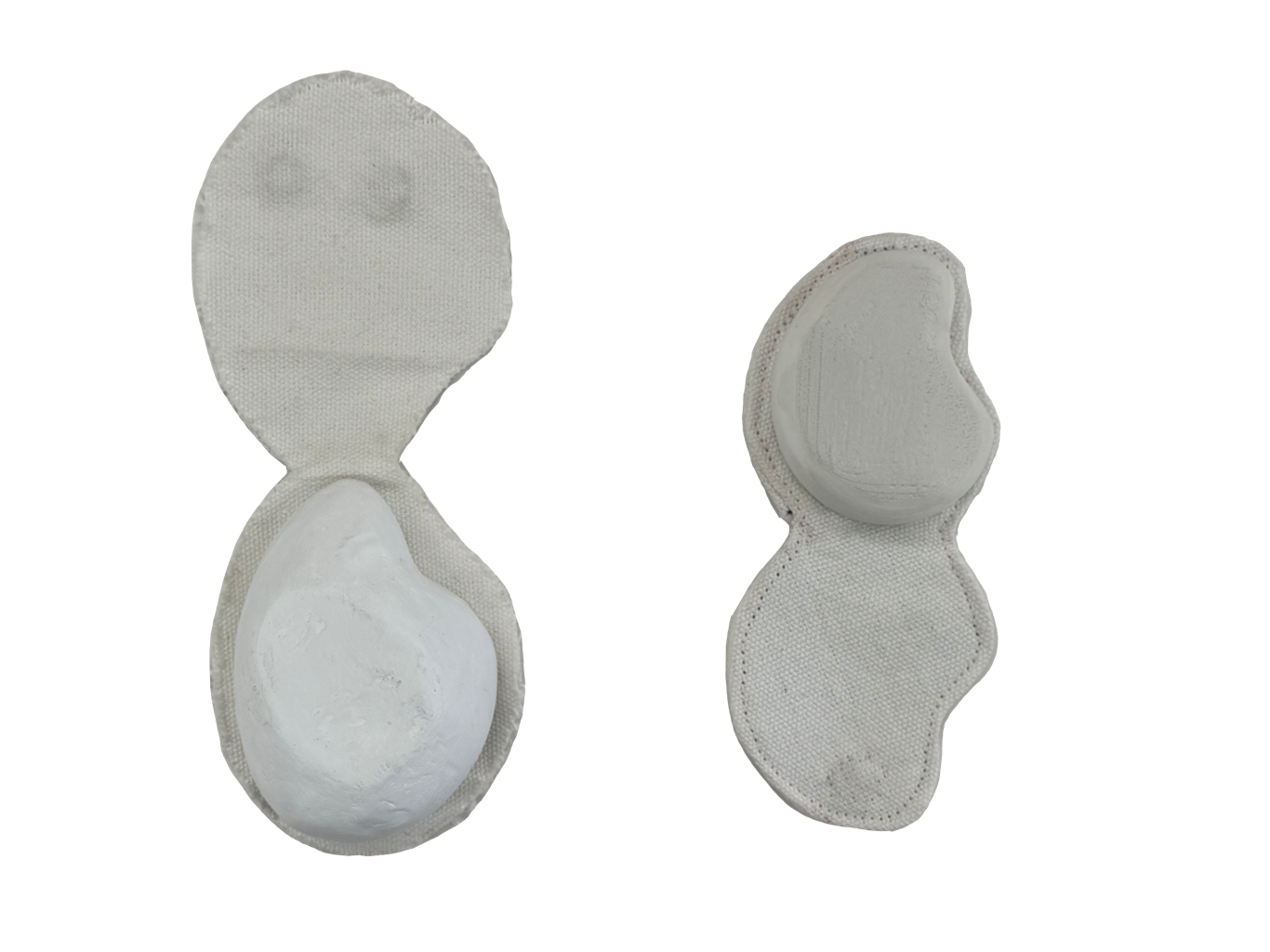
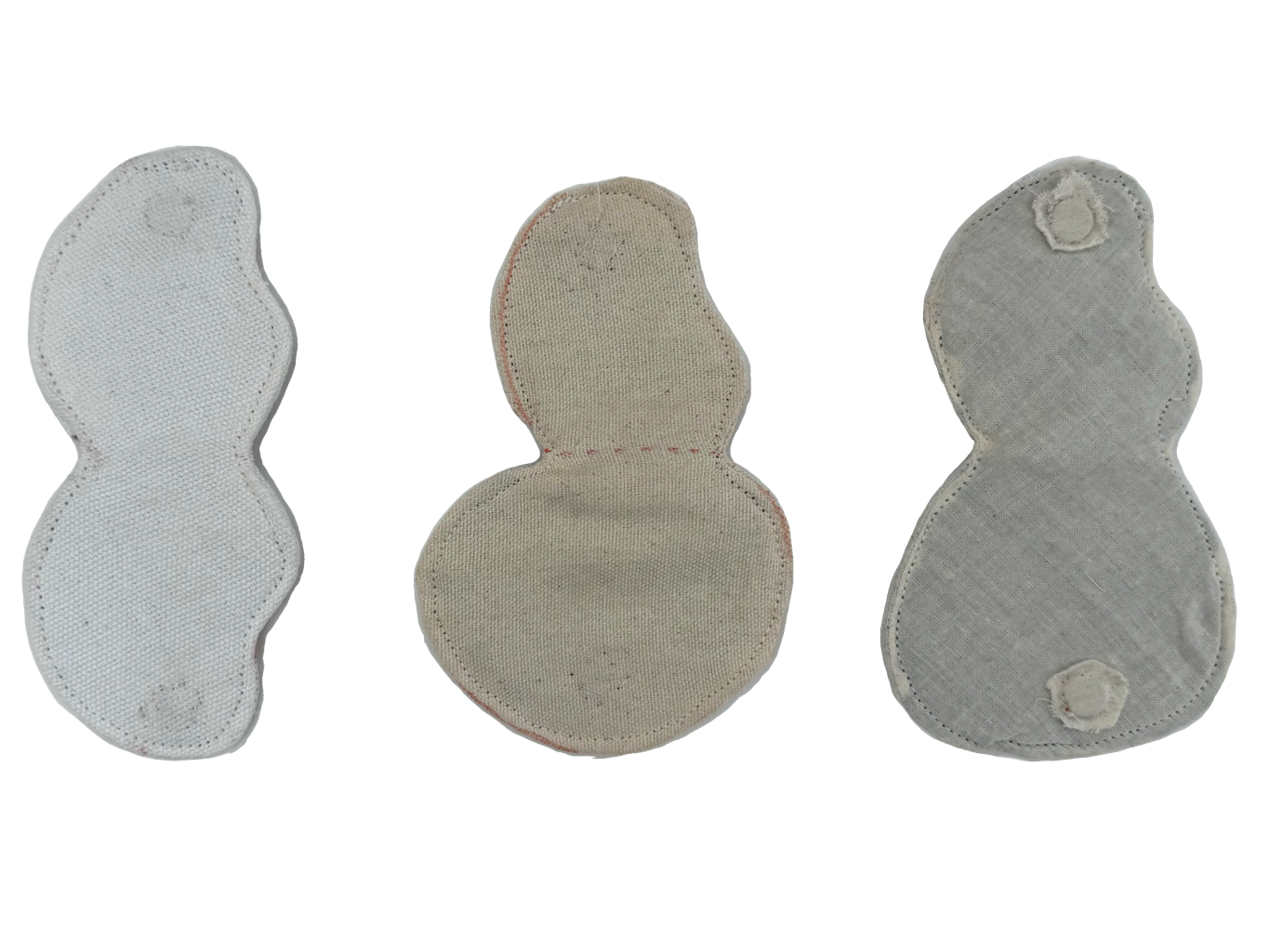
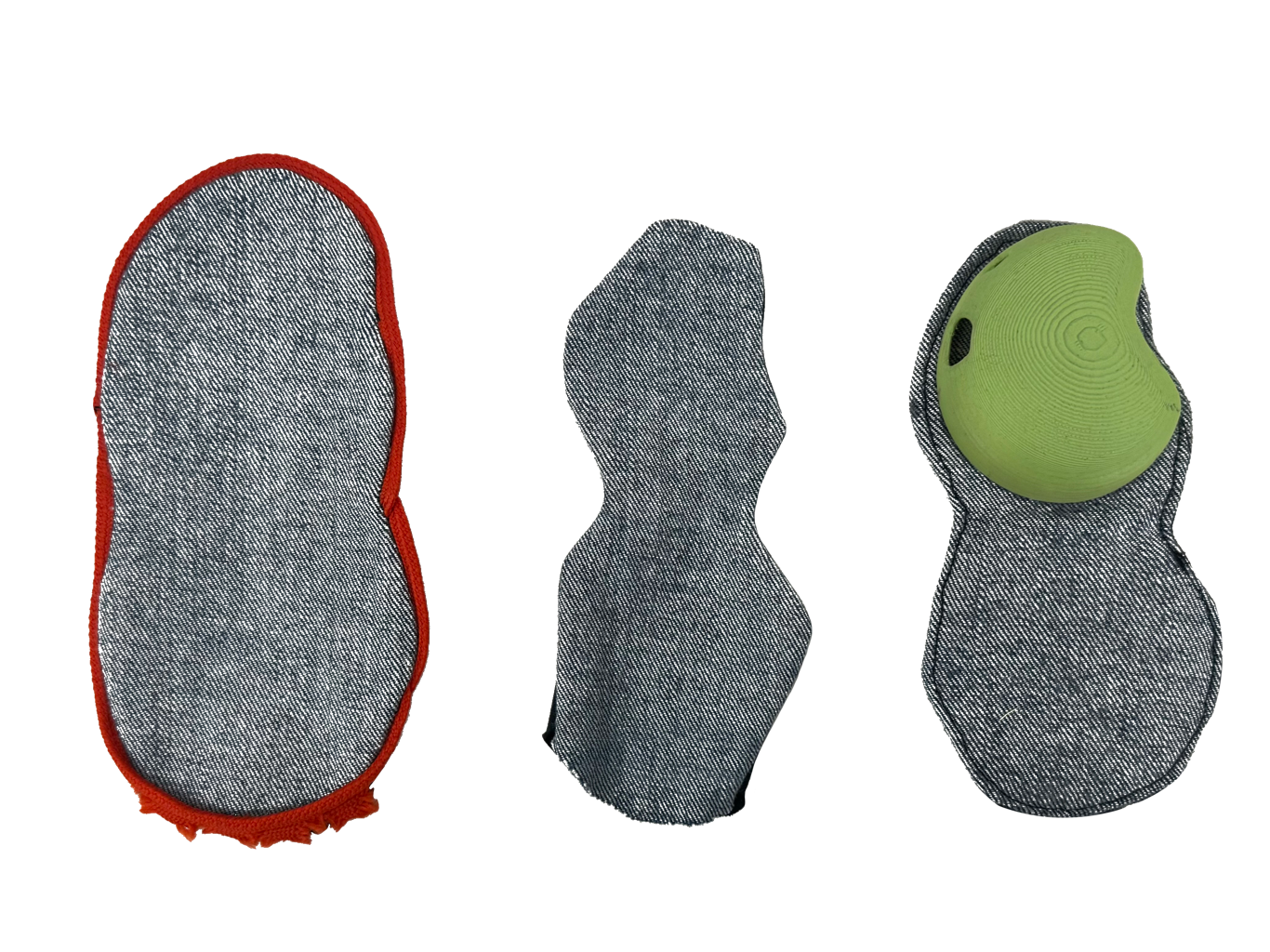
CMF Exploration
When considering what color scheme compliments this design, I researched what colors neurodivergent people prefer. That led me to pursue a bio-based color scheme with a brighter accent color. This moodboard inspired the final selections. For materials, I researched and tested multiple fabrics for their compatibility with sensory issues. The final textiles are a denim exterior, a soft cotton twill interior, and a smooth plastic finish for the fidget and electronic housing.
Electronic Components
In order to create a fully working prototype, each component required a CPU, Battery, Charging Port, control inputs, power switches, and vibration motors. Features of this layout include a magnetic charging port to avoid physically stressing the prototype, custom cut boards for a compact circuit layout, and variated motor heights to avoid wire bulk within the wearable.
Renderings
Final Prototype
